Ever wondered what the world’s largest rodent looks like? Well, let me introduce you to the capybara – the heavyweight champion of the rodent world. These massive creatures are like guinea pigs on steroids, and they’re taking the internet by storm. But just how big can these furry giants get? Let’s dive into the fascinating world of the biggest capybara and uncover some mind-blowing facts that’ll make your jaw drop.
The Capybara: A Rodent of Unusual Size
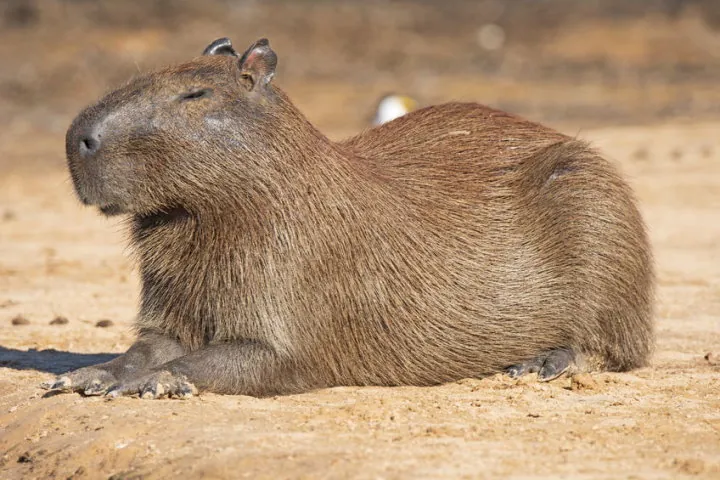
Imagine a rodent the size of a large dog. That’s exactly what you get with the capybara. These South American natives are the undisputed kings of the rodent kingdom, dwarfing their cousins like rats, mice, and even beavers.
How Big is Big?
Let’s talk numbers:
- Length: Up to 4.6 feet (1.4 meters)
- Height: About 2 feet (0.6 meters) at the shoulder
- Weight: A whopping 100-174 pounds (45-79 kg)
To put that into perspective, the biggest capybara could weigh as much as a full-grown human. That’s one hefty rodent!
The Guinness World Record Holder
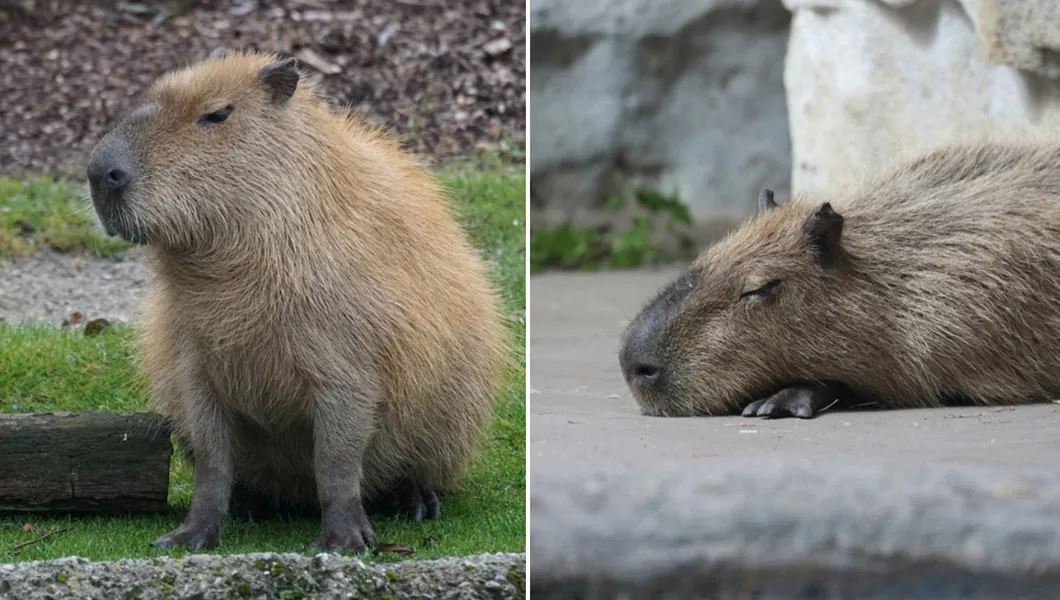
Now, you might be wondering, “What’s the biggest capybara ever recorded?” Well, hold onto your hats, folks, because the largest capybara on record tipped the scales at an astounding 201 pounds (91 kg). That’s heavier than some NFL players!
Why So Big? The Capybara’s Supersized Lifestyle
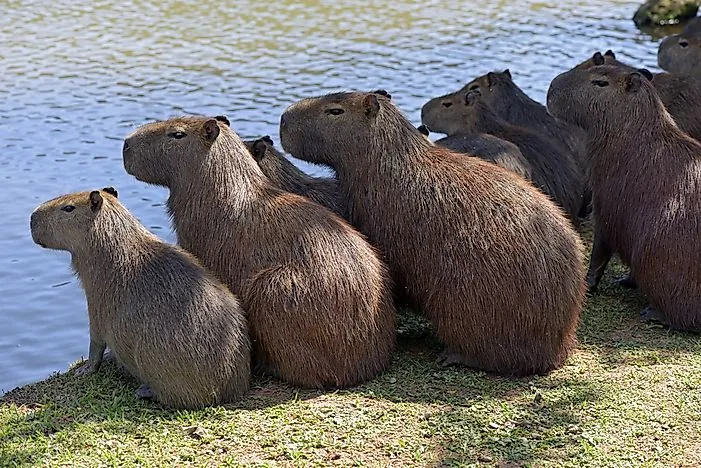
You’re probably scratching your head, thinking, “How did these rodents get so massive?” It’s all about their lifestyle and habitat.
Aquatic Adaptations
Capybaras are semi-aquatic, spending a good chunk of their time in and around water. Their size helps them:
- Stay buoyant in water
- Retain heat in cool rivers
- Fend off predators like jaguars and anacondas
Herbivorous Diet
These big boys are strict vegetarians, munching on:
- Grasses
- Aquatic plants
- Bark
- Fruits
They can chow down on 6-8 pounds (2.7-3.6 kg) of grass per day. That’s a lot of salad!
The Social Giants: Capybara Group Dynamics
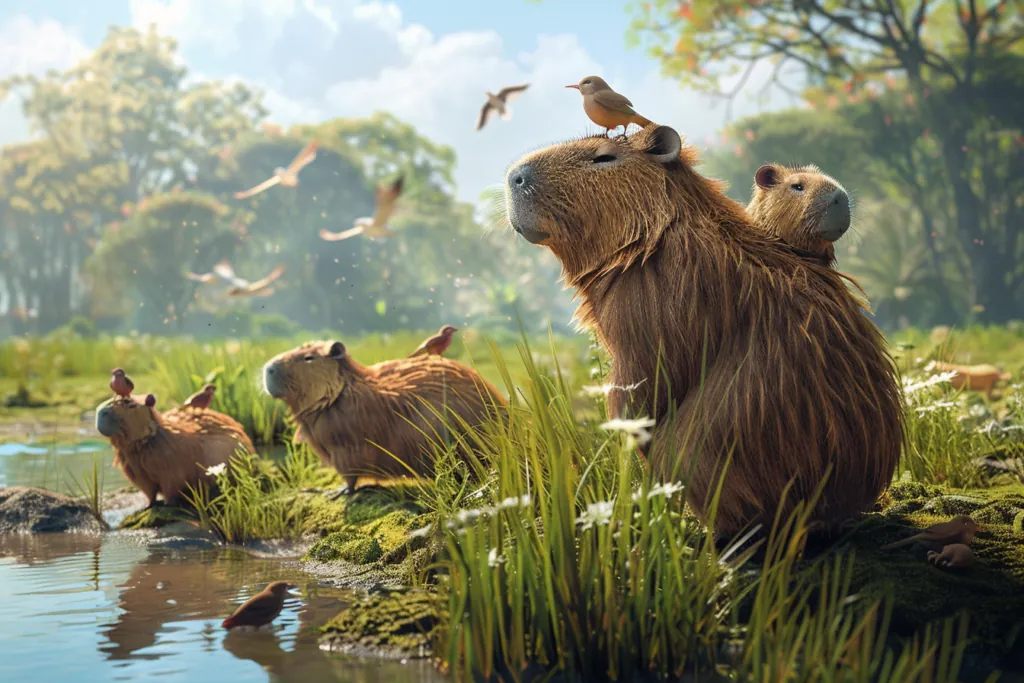
Here’s where it gets interesting. Capybaras aren’t just big in size; they’re big on socializing too. These rodents live in groups of 10-20 individuals, sometimes forming herds of up to 100 members. Talk about a rodent party!
Benefits of Being Big in a Group
- Better protection from predators
- Easier to find mates
- More efficient foraging
Capybaras in Human-Modified Landscapes
Now, here’s a wild fact: capybaras are thriving in human-modified environments. In some areas, they’re reaching even larger sizes than their wild counterparts. Why? It’s all about the buffet, baby!
- Agricultural fields provide abundant food
- Fewer natural predators
- Access to artificial water sources
The Biggest Capybara: A Double-Edged Sword
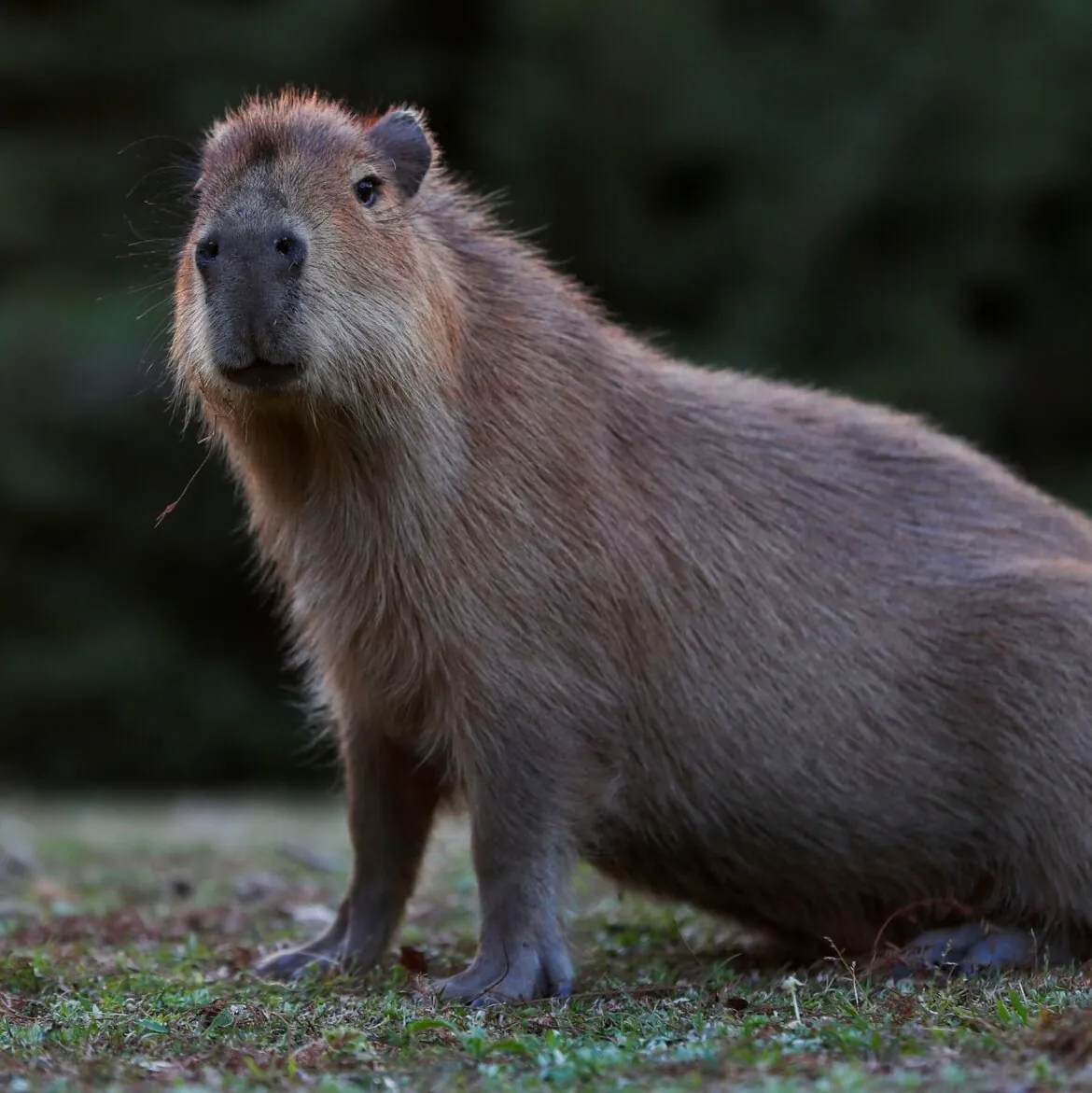
Being the biggest isn’t always best. These supersized rodents face some unique challenges:
- Increased human-wildlife conflict
- Higher risk of overpopulation in some areas
- Potential to become invasive species outside their native range
Capybara Conservation: Balancing Act
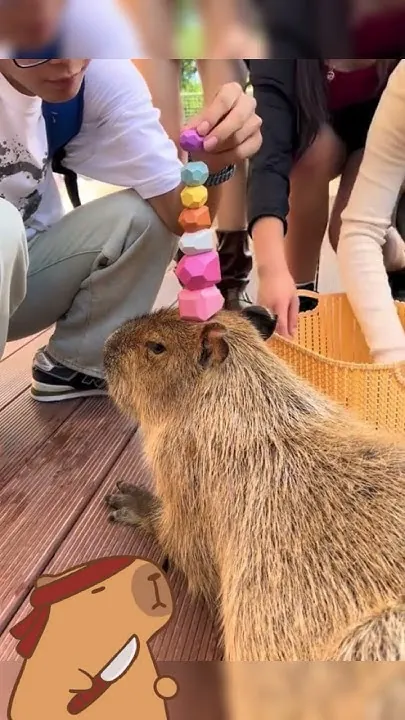
With great size comes great responsibility. Conservation efforts for capybaras focus on:
- Habitat preservation
- Sustainable management in agricultural areas
- Education to reduce human-wildlife conflicts
FAQs About the Biggest Capybara
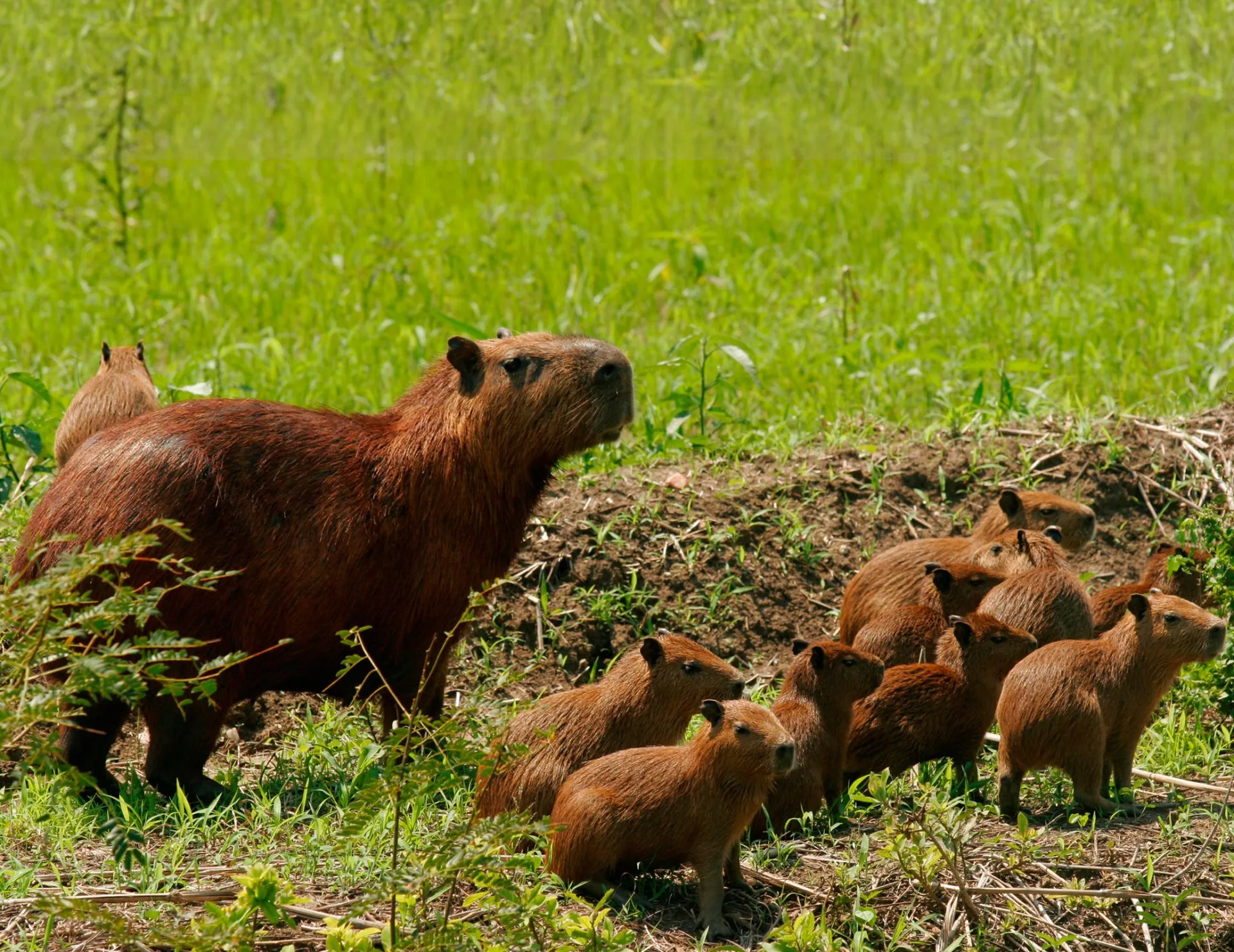
Q: Are capybaras dangerous to humans?
A: Generally, no. They’re peaceful creatures, but like any wild animal, they should be respected and given space.
Q: Can I keep a capybara as a pet?
A: It’s legal in some places, but remember, these are big animals with specific needs. They’re not your average house pet!
Q: Do capybaras really get along with other animals?
A: Yes! They’re known for their chill demeanor and often hang out with other species, earning them the nickname “nature’s ottoman.”
Q: How fast can the biggest capybara run?
A: Despite their size, capybaras can sprint up to 22 mph (35 km/h) for short distances.
Q: What’s the lifespan of a capybara?
A: In the wild, they live about 8-10 years, but can reach 12 years in captivity.
The Future of the Biggest Rodent
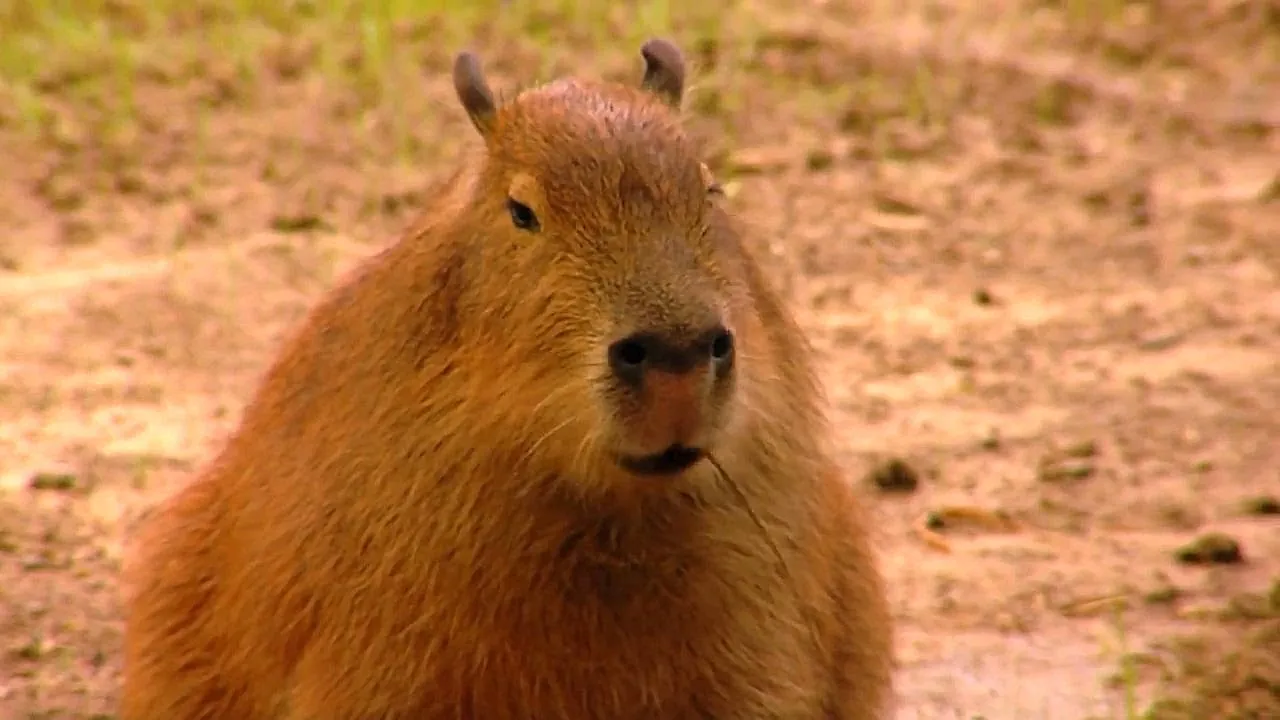
As we look ahead, the biggest capybara continues to captivate our imagination. These gentle giants remind us of the incredible diversity in the animal kingdom and the importance of preserving habitats for all creatures, big and small.
Whether you’re a wildlife enthusiast, a curious observer, or just someone who appreciates nature’s wonders, the capybara stands as a testament to the extraordinary possibilities of evolution. From their impressive size to their social nature, these oversized rodents are truly one of a kind.
So, the next time you’re feeling down about being the biggest in the room, just remember the capybara. They’ve turned being big into an art form, and they’re thriving. Maybe we could all take a page out of the capybara’s book and learn to embrace our size, whatever it may be.
In the end, the biggest capybara isn’t just a marvel of nature; it’s a reminder that sometimes, being the biggest can mean being the most adaptable, the most social, and perhaps even the most lovable. And in a world that often celebrates the small and cute, isn’t it refreshing to see a creature that’s unabashedly large and in charge?
So here’s to the capybara, the rodent that dared to dream big and grew even bigger. May they continue to waddle, swim, and munch their way into our hearts, one oversized pawprint at a time.
